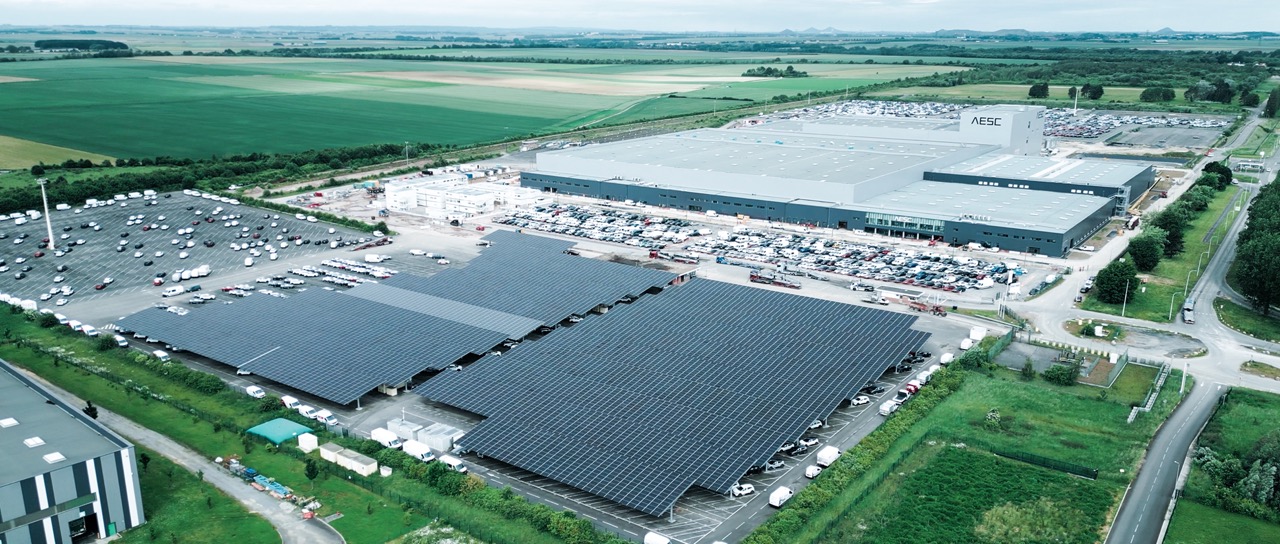Months ago SVOLT mentioned that it will start producing NCMA and LNMO cells for CTP (cell-to-pack) battery packs next year and it’ll supply an European carmaker that we now know to be PSA.
What we still don’t know is what kind of battery cells will PSA get from SVOLT. Will they be NCMA, LNMO or both?
During the next years, both chemistries will probably play an important role in the development of electric cars.
While NCMA batteries are more energy dense, cobalt-free LNMO battery cells are extremely safe and affordable.
Automakers like PSA that focus in the affordable car market will benefit the most from cobalt-free batteries.
Specs of cobalt-free battery cell from SVOLT
- Capacity: 226 Ah
- Nominal voltage: 3,81 V
- Max charging voltage: 4,35 V
- Energy: 861 Wh
- Weight: 3,59 kg (estimation)
- Dimensions: 575 (length) x 21,5 (thickness) x 118 (height) mm
- Volume: 1,459 L
- Gravimetric energy density: 240 Wh/kg
- Volumetric energy density: 590 Wh/L
- Chemistry: LNMO
Hypothetical battery pack
- Cells: 92 (92s1p)
- Nominal voltage: 350,52 V
- Capacity: 79,2 kWh
- Total cell weight: 330 kg
- Total cell volume: 134 L
- Total pack weight: 391 kg (estimation from a GCTP of 84,5 %)
- Total pack volume: 215 L (estimation from a VCTP of 62,4 %)
- Gravimetric energy density: 203 Wh/kg (estimation from a GCTP of 84,5 %)
- Volumetric energy density: 368 Wh/L (estimation from a VCTP of 62,4 %)
- Active material cost: 5.544 euros (70 euros per kWh)
- Passive material cost: 1.000 euros
- Total cost: 6.544 euros (83 euros per kWh)
The hypothetical battery made with SVOLT’s 226 Ah cell would be great for large electric cars, but for smaller electric cars a shorter cell with less capacity would be more adequate. A Peugeot e-208 doesn’t need a 79,2 kWh battery…
Therefore, I expect SVOLT to have its LNMO battery cells available with different capacities and heights.
Anyway, SVOLT’s supply contract with PSA is expected to exceed 7 GWh, enough for 140.000 EV batteries (50 kWh each).
More info:









































